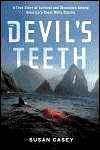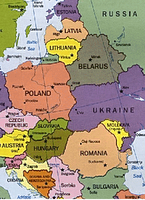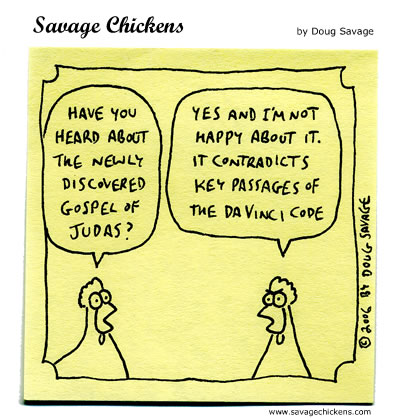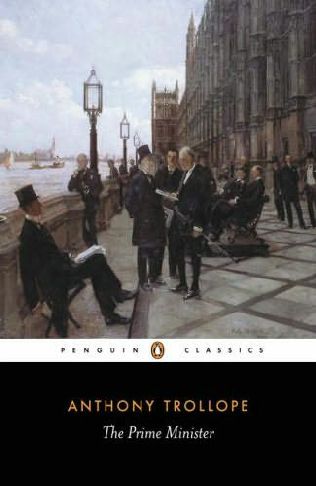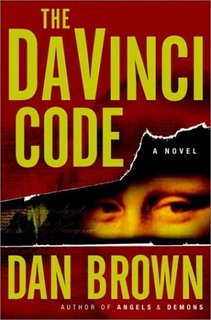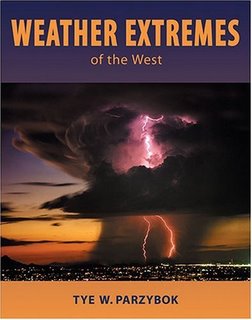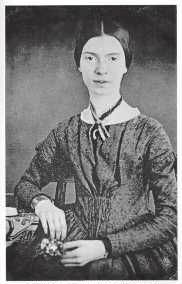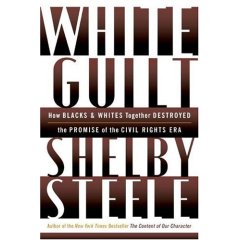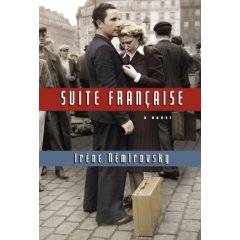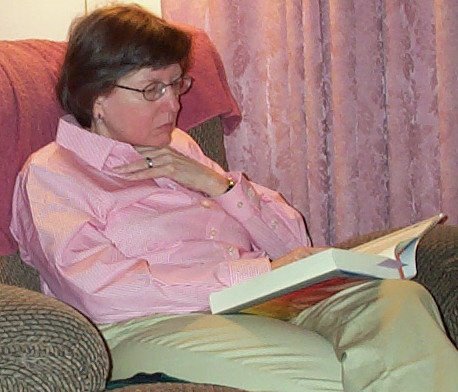Thank You, Jan

Wilhelm came home yesterday with a present for me from his mom’s pal, Jan Polek. Jan is a columnist for the Spokesman-Review.
Now it takes a lot of moxie to give me a book. Most people see an interesting book and figure, “Aw, she’s already read it.” But Jan has done the impossible; she has given me a book I want - I need - that I hadn't heard of. (I didn’t subscribe to Publisher’s Weekly for a while and there’s a resulting lacuna in my book knowledge.)
Emma Brown (©2003) is based on an unfinished manuscript by Charlotte Bronte, who died in 1855. It's about a young girl, brought to an English boarding school by her apparently wealthy father. "But when the school term ends and it comes time to make arrangements for the Christmas holidays, Matilda's tuition goes unpaid, and the headmistress is shocked to find that the identity of the father . . . like the address he left behind -- is a fiction. Before long, it becomes clear that the little heiress herself is not who she seemed.
"So who is the mysterious Matilda? When the girl refuses to reveal her true identify and then disappears, it falls to a local gentleman . . . and a childless widow who briefly takes the girl in, to unravel the truth." (From the book jacket)
The book was completed by an Irish novelist, Clare Boylan. I can't wait to read it. In fact, I'm going to start on it right now . . . .
